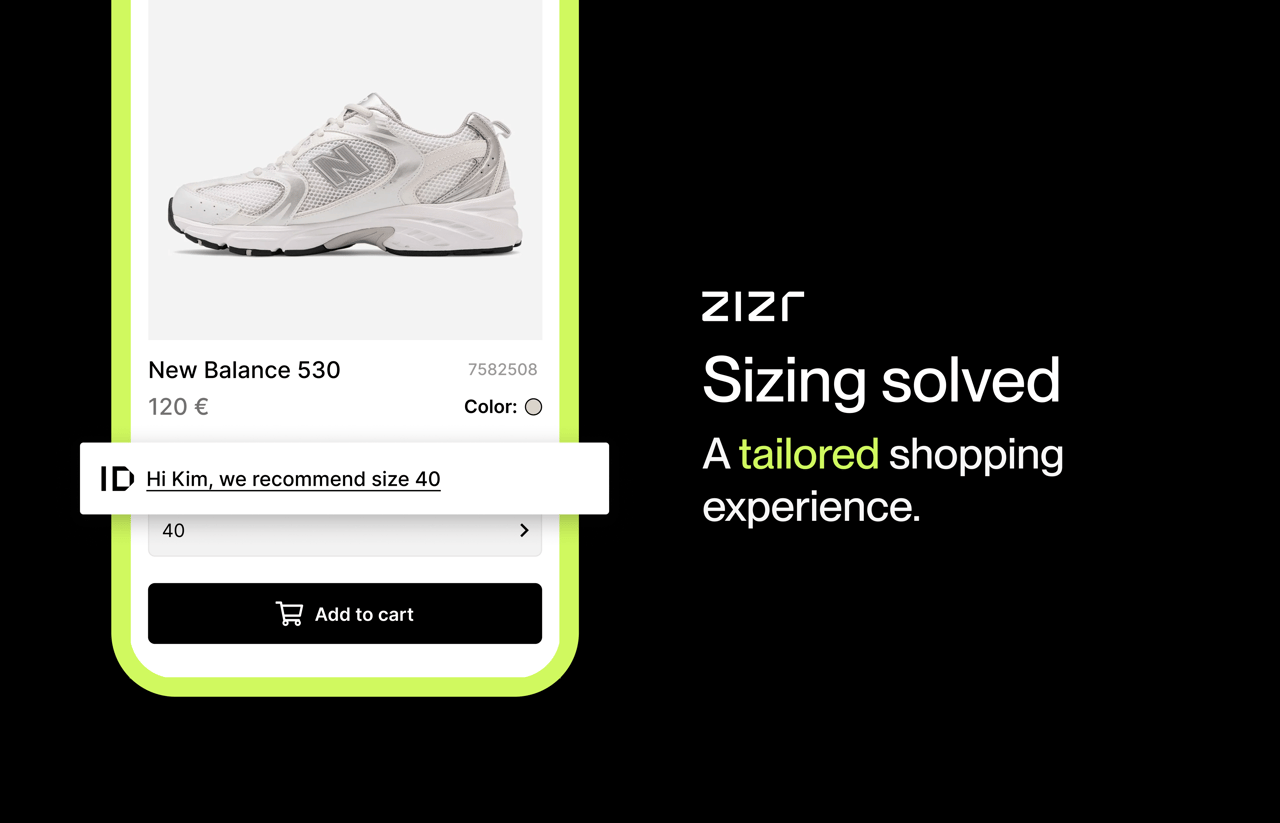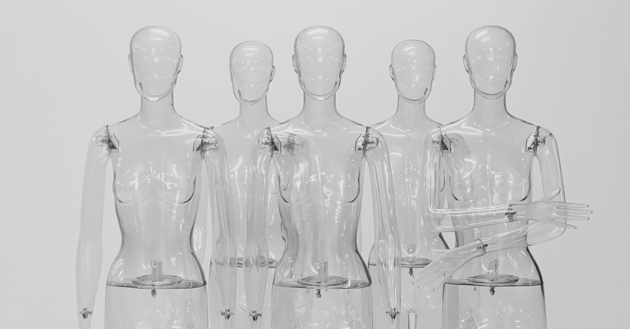Cutting the Gordian Knot of online returns – Making the clothes fit the customer, not the other way around
Return rates in apparel are higher than in any other industry. Out of those, 72% are due to sizing issues. Let that number sink in for a minute.
It is surely a disappointing customer experience to order a product, only to have to send it back again, even though it is their “regular” size. Not managing customer expectations at this stage is simply setting them up for failure. Additionally, if you as a vendor start getting too many product returns, it’ll start eating into your margins quickly. Thirdly, it is estimated that a large number of fashion items that are sent as returns never even find their way back to be re-sold to somebody else. Due to the lengthy process of returning, examining, repackaging, and sending the items back to the warehouse, they may have already lost momentum on the market and is no longer worth taking back and selling at a reduced price. As a result, these products often end up in landfills.
Why sizing charts and return policies aren't the answer
One possible way to tackle the issue might be adding sizing charts and specifying the measurements of the model displaying the garments. Writing detailed descriptions of the items is also a must in modern e-commerce behavior. However, this doesn’t consider the fact that a Medium from one brand might not be the same measurements as a Medium from another.
Also, long sizing charts packed with measurements might overwhelm customers with information that they need to navigate in order to even add the item to cart. Not to talk about the fact that most of us don’t know exactly how many cm we measure around our hips, or how long the inseam of our legs is.
Having no return policy whatsoever (or even charging return fees) is also not a great option, as 54% of online buyers say that free returns is the second biggest determinator when deciding whether to shop from a brand at all.
All right, so now that we have painted the picture of a very current issue here, will we also provide the solution?
Naturally.
A consumer-centric approach to tailored fit
At its core, we believe that the issue is not about fitting customers into the clothes, it is about the subjective feeling of the clothes fitting the customers. This is the reason why static size charts don’t work as well as intended – retailers cannot calculate or control the individual feeling of the garments fitting well. With this insight in mind, Zizr does not suggest recommendations based on provided measurements and static values – but on user-generated views and opinions across multiple platforms and brands.
With AI machine learning, Zizr can combine product information, purchase- and return history, and individual consumer feedback on fit. This will provide your customers with a personal size recommendation for shoes and clothing. The results are less frustration and uncertainty for your customers, resulting in better customer satisfaction and higher conversions. All while reducing the number of returns and CO2 emissions.
It is a win-win-win.
Would you like to know more about how Zizr works?






